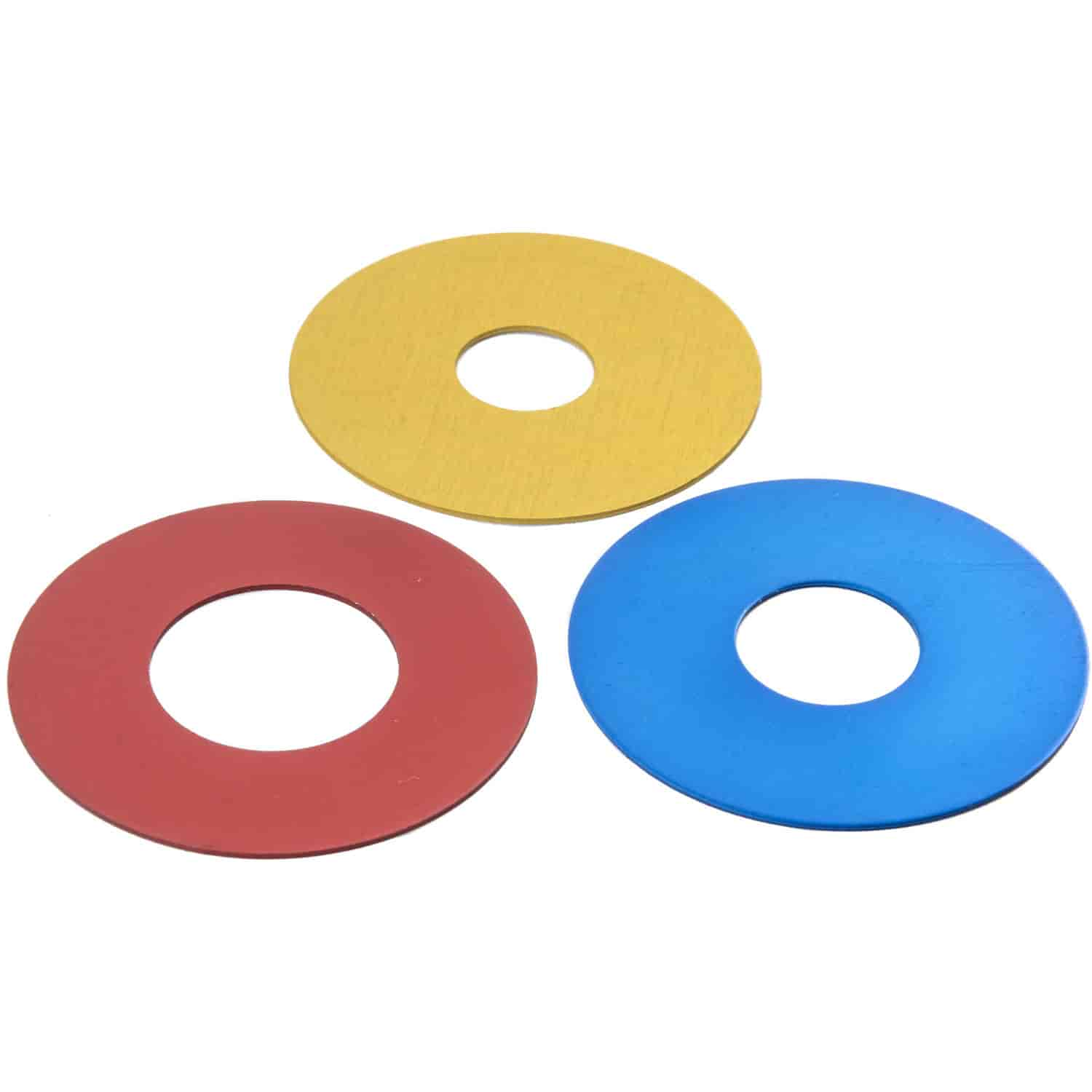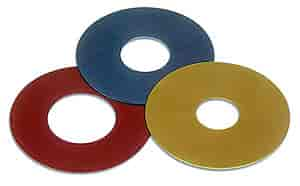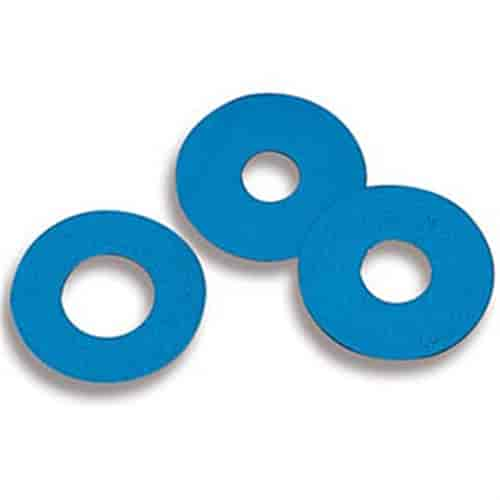hey guys i have a 355sbc with m21 muncie and a 4.10 rear end.
it runs 180-190 all day long in the city and at idle it never gets above 190.
but after 5 minutes on the highway doing 70-80mph (3600-3800rpm) it creeps up to 230 and will go from 220-230 depending on my speed.
i have stock radiator with stock shroud with edelbrock high flow pump and NO thermostat; do you think it's time for an aluminum radiator? would that solve my highway issues?
it runs 180-190 all day long in the city and at idle it never gets above 190.
but after 5 minutes on the highway doing 70-80mph (3600-3800rpm) it creeps up to 230 and will go from 220-230 depending on my speed.
i have stock radiator with stock shroud with edelbrock high flow pump and NO thermostat; do you think it's time for an aluminum radiator? would that solve my highway issues?









